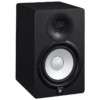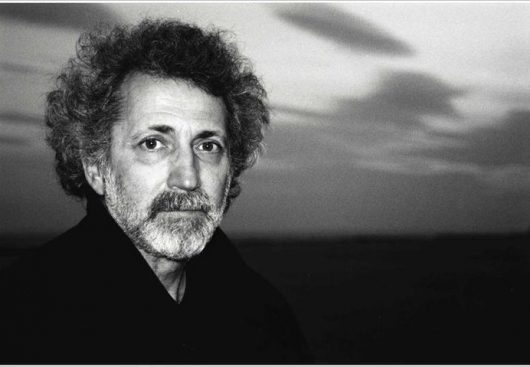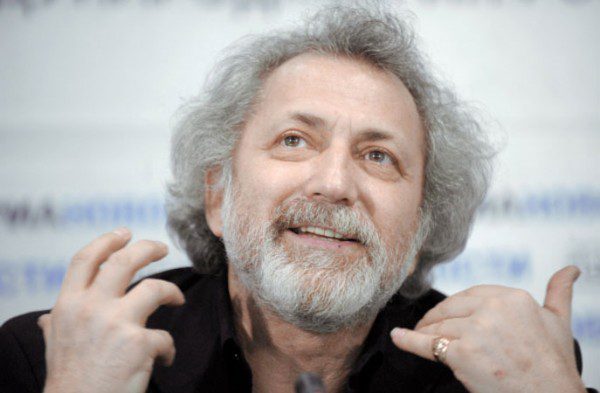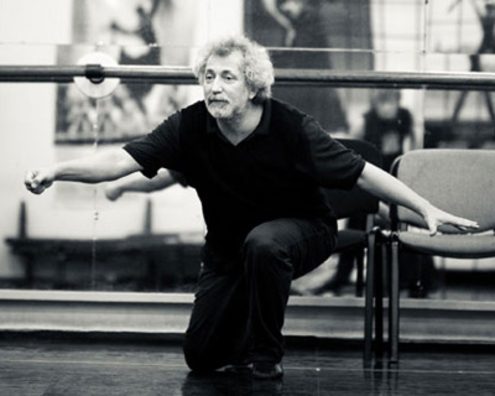
Contemporary ballet: Boris Eifman Theater
Contents
If we very briefly try to describe the state of ballet at the end of the 20th and 21st centuries, then we must say that today there is academic ballet, folk dance and everything else that should be called modern ballet. And here, in modern ballet, there is such diversity that you can get lost.

To find yourself, you can talk about ballet from different countries, remember modern performers, but perhaps the best approach is to start talking about choreographers, those people in the world of ballet who actually always create it.
And those who realize their own choreographic ideas will be especially interesting. Such a choreographer is St. Petersburg resident Boris Eifman, 69 years old, People’s Artist of the Russian Federation, laureate of several Russian awards, holder of the Order of Merit for the Fatherland of various degrees, director of the Ballet Theater (St. Petersburg). And this is where we can end Eifman’s biography, because what he did and is doing is much more interesting.
About personal motives
There is a well-known expression that architecture is frozen music, but then ballet is the sounds of music in volume, movement and plasticity. Or else – soaring architecture, or dancing painting. In general, this means that it’s easy to get carried away and fall in love with ballet, but it’s unlikely to fall out of love later.
And it’s good when you can write about a phenomenon, in this case ballet, from the perspective of an amateur. Because, in order to be considered an expert, you will need to use professional language, terms (lifts, pas de deux, pas de trois, etc.), justify your assessments, show your ballet outlook, etc.
It’s a different matter for an amateur who can show a fresh look at a phenomenon, and if there is insufficient substantiation, remark: well, okay, I’ll learn some more. And what is important is to talk about personal impressions, but the main thing is not to be funny.
The author first encountered the ballets of Boris Eifman in the mid-80s. last century in what was then Leningrad, and since then, as they say, it became “love for the rest of my life.”

What does Eifman have that others don’t?
Even when he called his Theater simply a ballet ensemble directed by B. Eifman (late 70s), his productions still stood out. The young choreographer chose exclusively first-class music for his performances: high classics, and modern music that was artistically attractive and convincing. By genre – symphonic, opera, instrumental, chamber, by name – Mozart, Rossini, Tchaikovsky, Shostakovich, Bach, Schnittke, Petrov, Pink Floyd, McLaughlin – and that’s not all.
Eifman’s ballets are deeply meaningful, very often for his productions the choreographer takes plots from classical literature, among the names are Kuprin, Beaumarchais, Shakespeare, Bulgakov, Moliere, Dostoevsky, or these could be creative and biographical events, say, associated with the sculptor Rodin, ballerina Olga Spesivtseva , composer Tchaikovsky.
Eifman loves contrasts; in one performance he can feature music from different composers, eras and styles (Tchaikovsky-Bizet-Schnittke, Rachmaninov-Wagner-Mussorgsky). Or a well-known literary plot can be interpreted by other music (“The Marriage of Figaro” – Rossini, “Hamlet” – Brahms, “The Duel” – Gavrilin).
Regarding the content of Eifman’s performances, it is necessary to talk about high spirituality, emotions and passion, a philosophical principle. Many of the Ballet Theater’s performances contain a plot, but this is not a “drama ballet” of the 60-70s; these are rather events, rich in deep feelings and having a plastic interpretation.
About Eifman’s stylistic beginnings
An interesting feature of Eifman’s biography is that he was never a dancer, did not perform on stage, he began his creative activity immediately as a choreographer (his first performances at the age of 16 in a children’s choreographic ensemble), and then he worked at the Choreographic School. A. Vaganova (Leningrad). This means that Eifman has an academic base; another thing is that in his Ballet Theater he began to look for something else.
It is impossible to talk about the plasticity and choreography of Eifman’s ballets in isolation from the music and stage content of the performances. This is a kind of unity of spirit, sound, gesture, movement and event.
Therefore, it is useless to look for some familiar ballet steps; all the time there remains the feeling that any ballet movement in Eifman is the one and only.
If we say that this is a plastic interpretation of music, then it will be offensive to Eifman and his dancers, but if we say that this is a “translation” of movement and plasticity into music, then this will perhaps be more accurate. And even more precisely: the maestro’s ballets are a kind of trinity of music, dance and theatrical performance.
 What doesn’t Eifman have yet?
What doesn’t Eifman have yet?
In St. Petersburg, the Ballet Theater does not yet have its own premises, although a rehearsal base has already appeared. Performances are performed on the stages of the best St. Petersburg theaters, you just need to keep an eye on the posters.
The Eifman Ballet Theater does not have its own symphony orchestra; performances are performed with a soundtrack, but this is an artistic principle: a high-quality recording performed by the best orchestras or the sound of specially created arrangements. Although once in Moscow one of the performances was scored by a symphony orchestra conducted by Yu. Bashmet.
Eifman does not yet have universal world recognition (like, say, Petipa, Fokine, Balanchine), but he already has world fame. An authoritative critic wrote that the ballet world can stop searching for the number one choreographer because it already exists: Boris Eifman.
Eifman’s dancers also do not have world recognition, but they can do everything in the ballet genre, you can easily verify this when you attend a ballet theater performance. Here are the names of the theater’s 5 leading dancers: Vera Arbuzova, Elena Kuzmina, Yuri Ananyan, Albert Galichanin and Igor Markov.
Eifman has no complacency, no desire to end his career as a choreographer, which means there will be more new performances and new artistic shocks.
In the meantime, you have to try to get to the performances of the Ballet Theater in St. Petersburg, try to search the Internet for films based on B. Eifman’s ballets, and finally look at the theater’s website. And even from fragments of performances it becomes clear that Boris Eifman is a real phenomenon in the world of modern, no, not ballet, but art, where music, literature, drama through plasticity and gesture speak of high spiritual principles.
Website of the Boris Eifman Ballet Theater – http://www.eifmanballet.ru/ru/schedule/


 What doesn’t Eifman have yet?
What doesn’t Eifman have yet?

